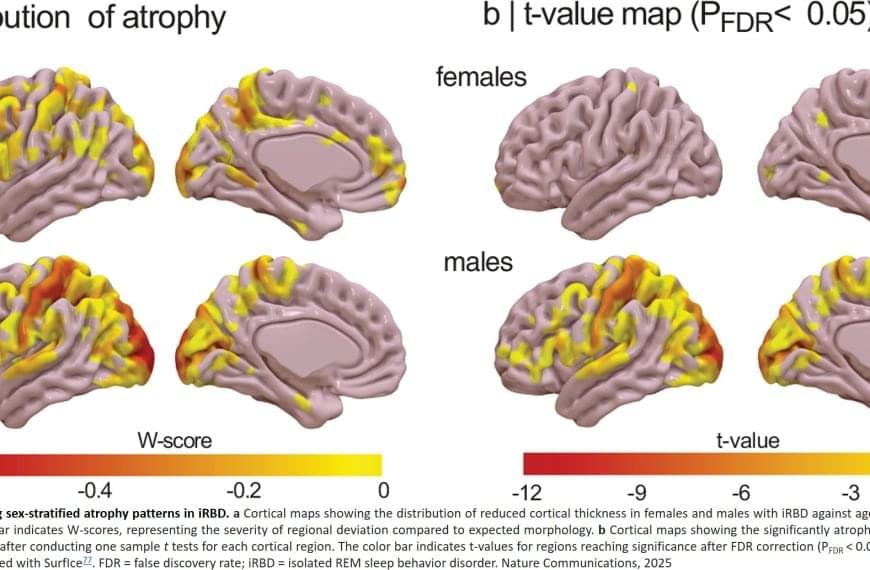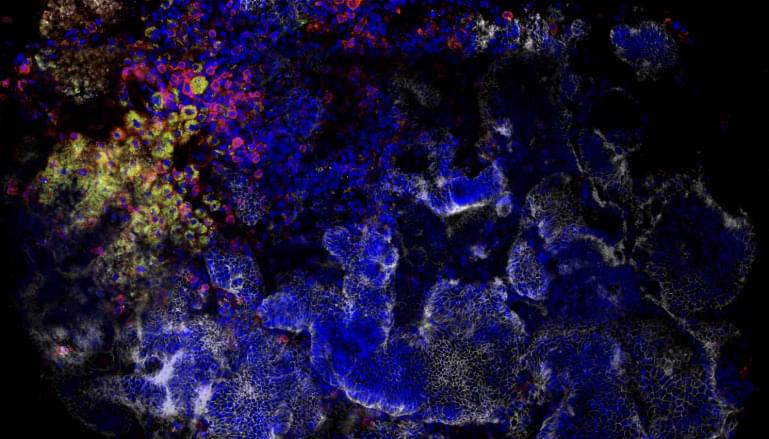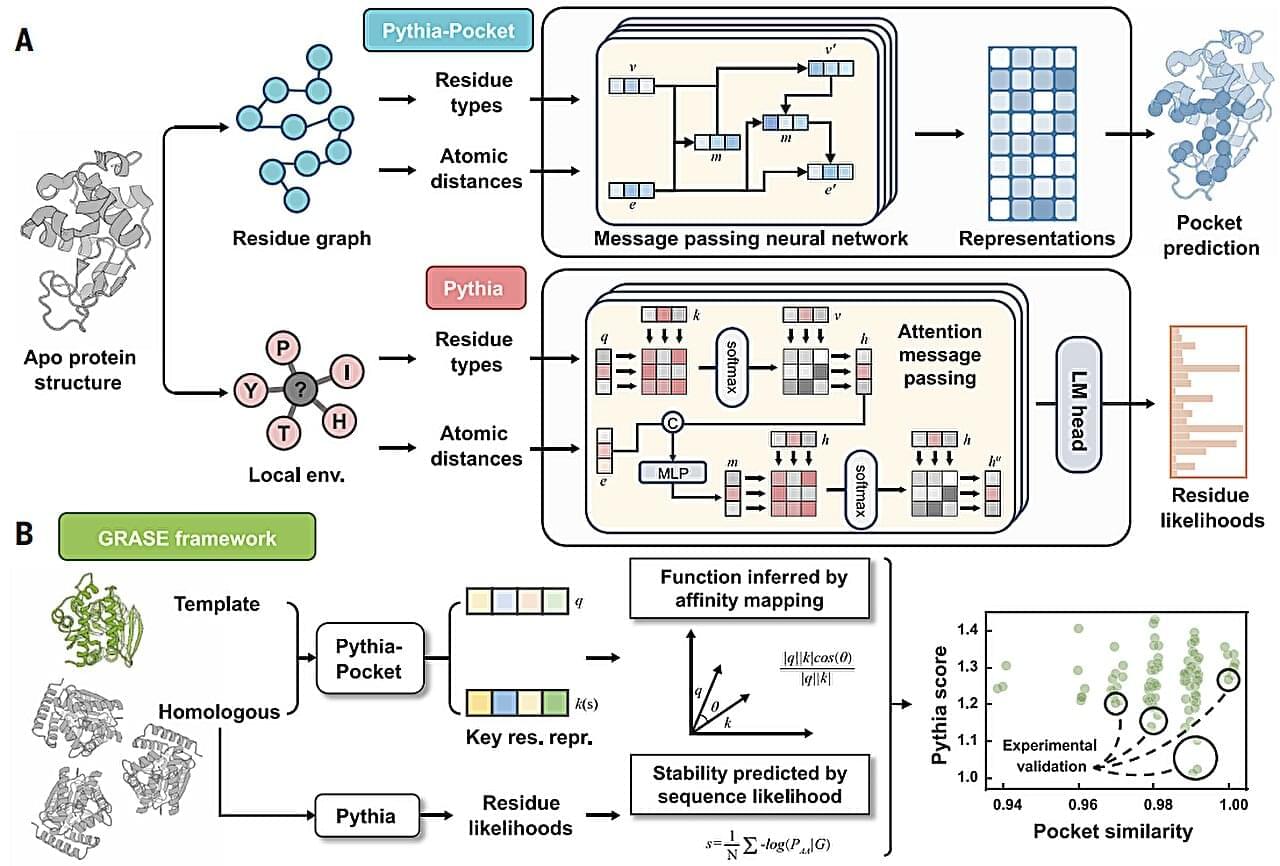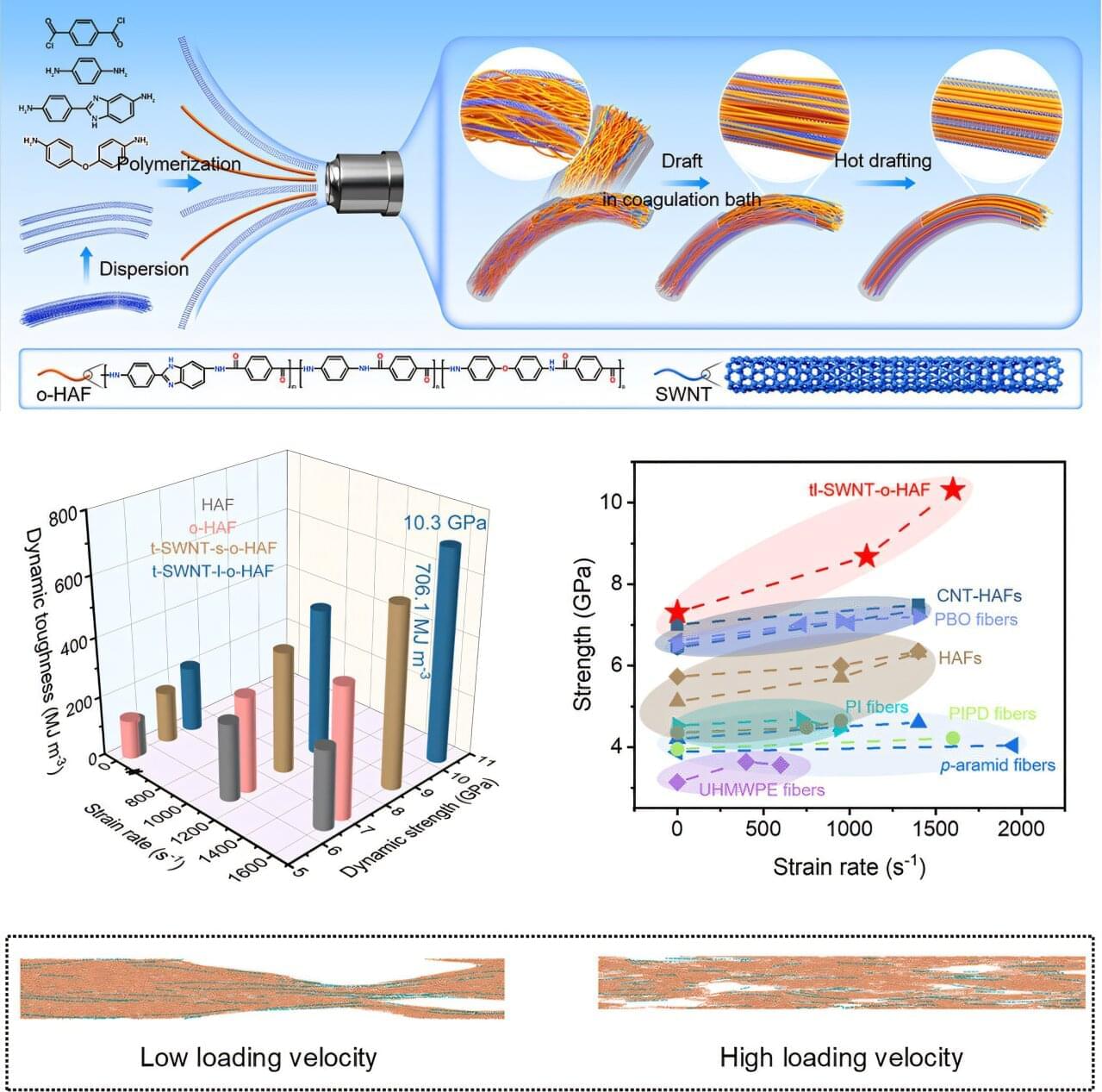Among other things, Harishankar discovered that the IRL weaponized roomba was sending logs, configuration files, and even unencrypted Wi-Fi credentials to the manufacturer’s servers. It was also running Google Cartographer, enabling the device to create a detailed 3D map of his home.
Most worryingly of all, the programmer found out that the command that shut down the vacuum was issued remotely – suggesting the manufacturer had root access via pre-installed rtty software, which allowed them to run any command or install any script on the device – meaning ILIFE/Zhiyi either manually bricked the vacuum in response to Harishankar blocking data transmission, or had automated scripts that did so.






